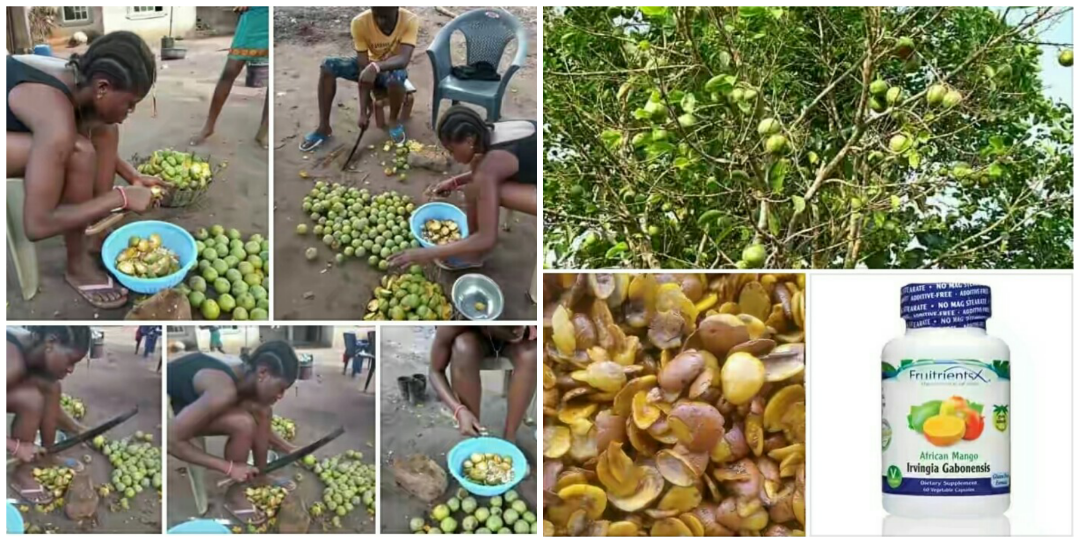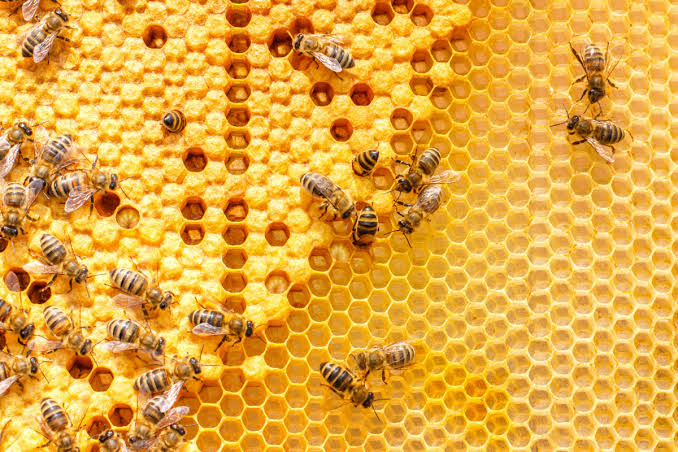Mondia whitei or White’s ginger or Tonic root or Sha-ruwa (Hausa) or Isirigun in Yoruba: An aphrodisiac plant with other medicinal values
A growing number of scientific studies on sexual health issues suggest that many men worldwide have sexual health problems mainly centred in the ejaculatory function. Principally, premature or rapid ejaculation is the most common male ejaculatory dysfunctions and its prevalence is estimated at approximately 30% across all age groups irrespective of race.
Several pharmaceutical agents, such as fluoxetin, paroxetin, haloperidol and serotonin have been exploited to control ejaculatory response, but these drugs have side effects. Many studies have shown that medicinal plants with aphrodisiac properties are viable alternatives with anecdotal evidence for their effectiveness in the management of sexual disorders including ejaculation dysfunctions.
Aphrodisiacs are substances able to excite libido or arouse sexual instinct and can be categorized according to their mode of action into three groups: by increasing libido, that is, sexual desire via the increase in potency (i.e. effectiveness of erection) and by increasing sexual pleasure. These substances act at the CNS system by altering specific neurotransmitters (chemical substances produced in the body for transmitting signals) or sex hormone concentrations.
Aphrodisiacs mainly derived from plant species act on specific neurotransmitter systems. Mondia whitei (Family: Apocynaceae, subfamily: Periplocaceae) has been demonstrated to be one of the important aphrodisiac plants in Africa. Mondia whitei is a woody climber with a large tuberous root stock. The roots are aromatic and apparently taste like ginger or licorice and have an aroma reminding one of vanilla. The bitter tasting roots have a vanilla odour and a sweet after-taste and are used to make a beverage similar to ginger beer. In West Africa, the roots are used to make an energizing drink for wedding parties when the roots are brewed in alcohol.
Mondia can be used as a tea. It has a sweet vanilla-like flavour. The roots are said to taste bitter at first and then sweet. Mondia Whitei is listed as endangered.
It has become rare in the wild throughout its distribution range and is now of conservation value. A taxon is endangered when evidence indicates that it has a very high risk of extinction in the wild.
It is widely distributed in tropical Africa, from Guinea through Cameroon to East Africa. The roots are used either as spices, aphrodisiacs or for the treatment of urinary tract infection, jaundice and headache, while the whole plant is used to treat diarrhoea.
The dried roots are chewed and the sap is swallowed for appetite stimulation, stomach pain, indigestion and body pain, gastrointestinal disorders, gonorrhoea, post-partum bleeding, paediatric asthma, and to stop vomiting.
Mondia has for a long time been extensively and widely used in traditional medicine. It is used as an antacid and for the treatment of indigestion as well as a tonic and to stimulate appetite.
The infusions of the root are used in Zimbabwe for treating anorexia and bilharzia. Fits in children and stress and tension in adults are apparently also treated with this plant. The roots are used as an aphrodisiac and for the treatment of erectile dysfunction and impotence. Some tribes use the roots for making a tea that is used for the treatment of general pains and aches. The dried leaves are powdered and mixed with food and taken daily as a supplement.
Other sources indicate that the plant is further used as a symbol of peace; a sign of power; the treatment of hypertension, stroke, anaemia, asthma, hangover, mastitis and allergies; it is also taken to improve sleep, enhance urination, ease birth pains, and as mouth freshener and toothbrush. The leaves serve as animal fodder and are consumed by humans as vegetables.

& weak erection
Credit: Sciencedirect
The early Portuguese in Angola boiled the leaves of Mondia with butter or olive oil to substitute it for spinach. In South Africa, the root is sometimes cooked with meat to enhance the flavour.
The plant has great nutritional value as it contains carotenoids and vitamins K and E as well as magnesium, zinc, iron and calcium.
These are the thoughts of:
Sa’eed Halilu Bawa
Senior Lecturer (Associate Professor) at University of the West Indies, St. Augustine Campus, Trinidad.
Studied Food and Nutrition Sciences, Dietetics at Kaduna Polytechnic, Nigeria; Warsaw University of Life Sciences, Poland.
























